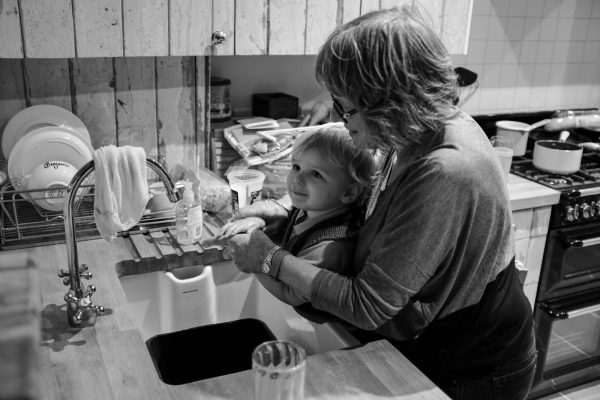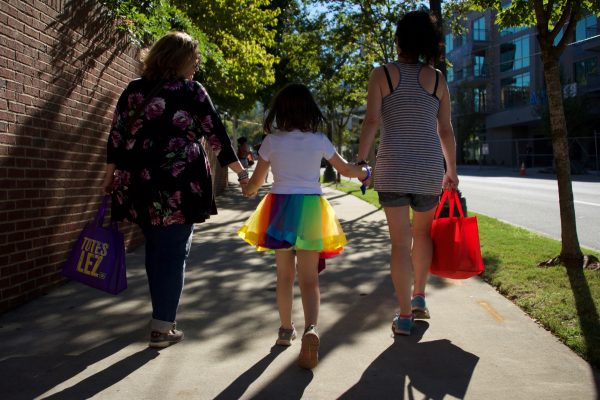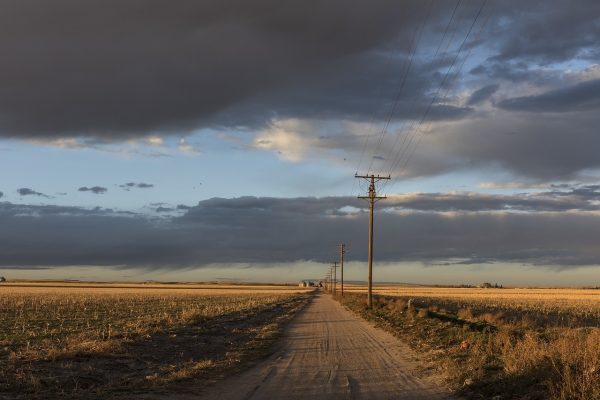
Originally published November 19, 2020.
From 1900 to 1978, between 25 to 35% of American Indian children were forcibly removed from their homes. Federal officials used this practice to colonize indigenous lands and undermine tribal sovereignty. In 1978, Congress passed the Indian Child Welfare Act (ICWA) which created new legal protections for Native children in child welfare cases. At the time, this legislation was considered “the most far-ranging [Indian rights] legislation ever enacted.” Despite this legislative success, American Indians continue to be disproportionately represented in foster care, continuing the legacy of child removal.
Under the ICWA, state officials must determine whether or not a child is American Indian In order to apply these new legal protections.How do state agencies and officials decide if a child is American Indian? Hana Brown examines how state child welfare agencies, state courts, and federal courts implemented the Indian Child Welfare Act between 1978 and 2018. Analyzing state archival data, she explores how these agencies identify Native children and the consequences of those everyday decisions.
Brown explains that American Indians are classified as both citizens of sovereign tribal nations and as racialized minorities. Although the ICWA applies to citizens of tribal nations, caseworkers and public officials often applied the law based on race, not citizenship. For example, a caseworker may think a child “does not look Native” and marks them as non-Native. By assuming who “looks Native,” the caseworker treats citizenship status as something that is visible. In doing so, they racialize American Indians. When state workers misclassify Native children, they deny the sovereign legal rights of both individual children and tribes. In short, this misclassification strips away the tribe’s agency in child welfare cases of their own citizens, halting the progress of the Indian Child Welfare Act.
Native children have a unique set of legal protections due to tribal sovereignty. While the ICWA combats the legacy of child removal in American Indian communities, the application of the law does not always enable these added protections. This research shows how legislation advancing racial justice or tribal sovereignty is often just a first step toward equality. The force of such laws is determined by the small, everyday moments in which the rules are applied. Without this analysis, we overlook how state actors may reproduce inequality and undermine sovereignty, even when they attempt to rectify it.








